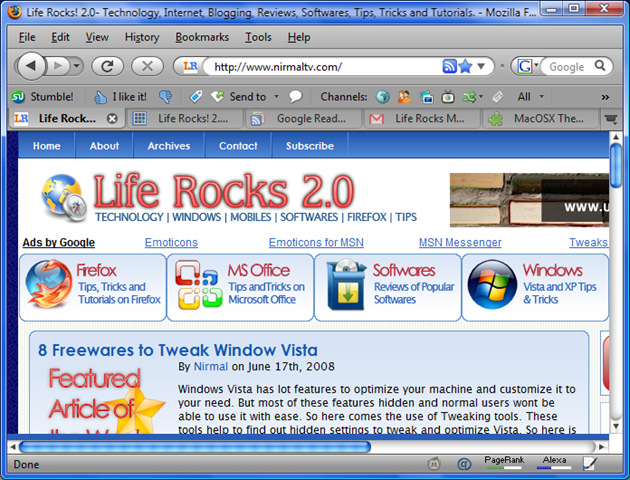
#FIREFOX 32.0 FOR MAC HOW TO#
(The value is configurable, but most users don't know (and shouldn't need to know) how to change it''. Hence, a chemspill release of 3.6.6 was done in record time, to change the default to 45 seconds. In 3.6.4, the default time to trigger this feature was set at 10 seconds, which was too short for many older computers, causing problems for a great many users who upgraded. This release came quick on the heels of Firefox 3.6.4, which introduced a feature to detect when a plug-in (such as the Flash player) is hanging. However, just recently, Firefox 3.6.6 was released as a chemspill to fix a poor choice for a default setting. This was originally coined with reference to security vulnerabilities, particularly when the hole is actively being exploited by bad guys. Exploiting these, an attacker can cause a denial of service or execute arbitrary code. It is, therefore, affected by the following vulnerabilities : - Multiple memory safety flaws exist within the browser engine.
#FIREFOX 32.0 FOR MAC MAC OS X#
''An emergency release of software, in response to a potentially negative event. The version of Firefox installed on the remote Mac OS X host is a version prior to 32.0. (The value is configurable, but most users don't know (and shouldn't need to know) how to change it.)

A definition is at Īn emergency release of software, in response to a potentially negative event.
The term chemspill started being used some six years ago. The word did get used before Firefox 4.0 but it was not really used as much until after 4.0 as I guess it is more fitting as the minor updates can be on rather short notice. Now the Releases are done without ever expecting to have any minor updates.

The 3.6.4 was when the plugin container started. Minor updates before Firefox 4.0 were basically long term support of a version which was still security and stability fixes (like say the updates for 3.6 which went up to 3.6.28) and the minor updates never really had features with exception of say 3.6.4.


 0 kommentar(er)
0 kommentar(er)
